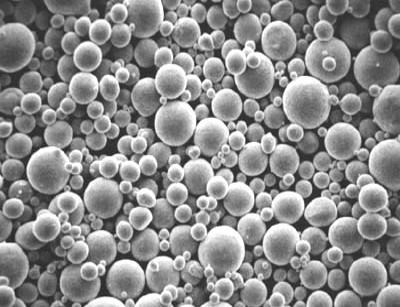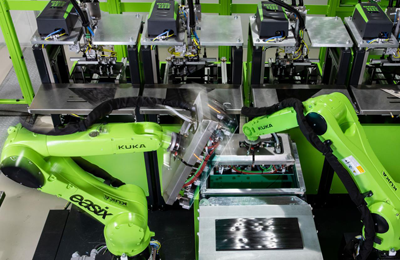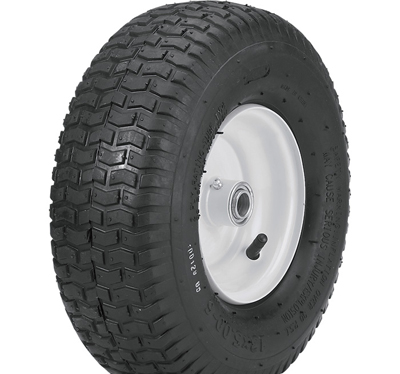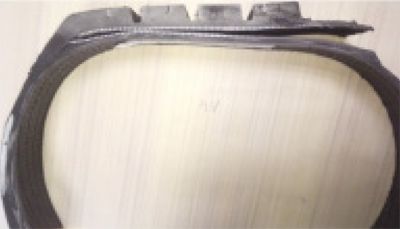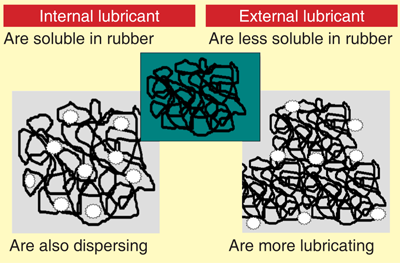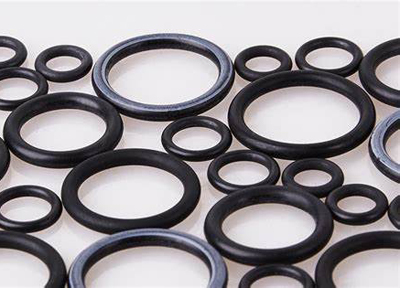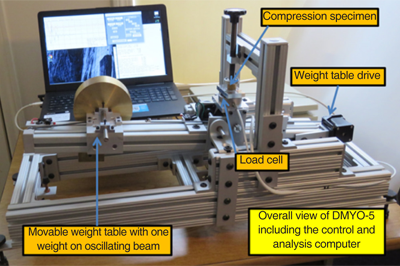Fumed silica benefits mechanical properties of TPU prepared by in situ polymerization
Fumed silica is widely used as a reinforcement additive in silicone elastomers with significant mechanical property benefits, namely increased tensile strength, elongation and tear strength, among others. However, the use of fumed silica in thermoplastics is limited because of the difficulty to effectively add them via melt compounding by an extruder. Fumed silicas are extremely light; they have a bulk density of about 50 to 100 g/l. Thus, feeding this low density powder into the extruder, as well as conveying and mixing it with a viscous polymer melt, presents a challenge in typical plastics compounding operations.
Read More
